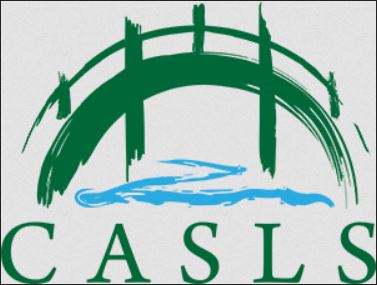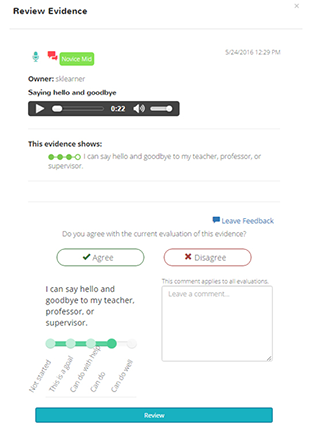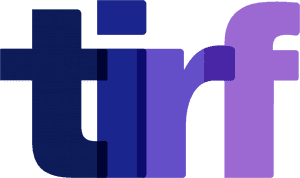 Editor’s note: The following piece was written by Dr. Julie M. Sykes, Director, and Mandy Gettler, Associate Director, for the Center for Applied Second Language Studies (CASLS).
Editor’s note: The following piece was written by Dr. Julie M. Sykes, Director, and Mandy Gettler, Associate Director, for the Center for Applied Second Language Studies (CASLS).
“I woke up at 4:00 this morning, skipped yoga, and played the game instead,” Harinder excitedly shares.
The formula appears simple: The more time students use a language, the more they learn. But how can we as educators encourage language use outside of the classroom and excite more learners like Harinder?
To answer that question, the Center for Applied Second Language Studies (CASLS), a National Foreign Language Resource Center at the University of Oregon, incorporates game-based play into their curricular materials.
“While games are not the only way to engage learners, they offer a number of meaningful features to guide goal-oriented behavior, teach in real time, provide individualized feedback, create meaningful contexts, and, as a result, motivate learners to play,” says CASLS Director Dr. Julie Sykes. “At CASLS, we use an intentioned approach to make the best use of play to create engaging and meaningful learner experiences.”
This approach is exemplified in CASLS’ Games2Teach project. Learners compare sustainability practices while building a virtual city in “SimCity BuildIt” in their target language. Students can also negotiate meaning when confronted with unknown vocabulary words while surviving a global pandemic in “Ecopod Survival.” These classroom activities offer learning outcomes for a range of proficiency levels (novice, intermediate, and advanced) and are available in more than two dozen languages, including English. Curricular support materials are included for teachers. The game-based activities can be downloaded free of charge at https://games2teach.uoregon.edu/.
 Playing to learn may inspire learners to use the target language outside of the classroom, but the work of educators is still not complete. How can we capture the proficiency gains that happen both inside and outside of the classroom?
Playing to learn may inspire learners to use the target language outside of the classroom, but the work of educators is still not complete. How can we capture the proficiency gains that happen both inside and outside of the classroom?
CASLS’ response to the need to demonstrate student outcomes is the e-portfolio assessment tool LinguaFolio Online. Developed in partnership with the National Council on the State Supervisors for Languages (NCSSFL), LinguaFolio Online emphasizes students’ communicative proficiency. The portfolio is organized around the NCSSFL-ACTFL Can-Do Statements, which are concrete descriptors of what learners can do using the target language.
LinguaFolio Online allows students to upload evidence showcasing their proficiency and ability to complete specific Can-Do Statements. For example, students’ can upload a video of their class presentation comparing a city in England with the city they built in “SimCity BuildIt” as part of a Games2Teach activity. Teachers can review the evidence and provide feedback directly to the learners.
Professional development materials accompany LinguaFolio Online to help educators and learners get maximum benefit from the assessment. Learn more at https://linguafolio.uoregon.edu/.
CASLS recognizes that capturing the synergy among curriculum, student learning both in and out of the classroom, and assessment can be challenging. To help educators navigate the various domains of language learning, CASLS curates InterCom, a weekly professional development digest. InterCom features a bite-sized topic related to language teaching and learning, a downloadable classroom activity, a spotlight on activity related to language learning, and links to third-party resources. Subscribers can customize their issue of InterCom to receive only information that relates to their language and areas of interest and can adjust their preferences at any time. Subscribe for free at http://caslsintercom.uoregon.edu/.
—–
Founded in 1994, the Center for Applied Second Language Studies (CASLS) at the University of Oregon fosters innovation in world language teaching and learning by providing research-based solutions to materials creation, program implementation, and evaluation and assessment. CASLS is one of 16 National Foreign Language Resource Centers that work to increase the nation’s capacity for language teaching and learning.

